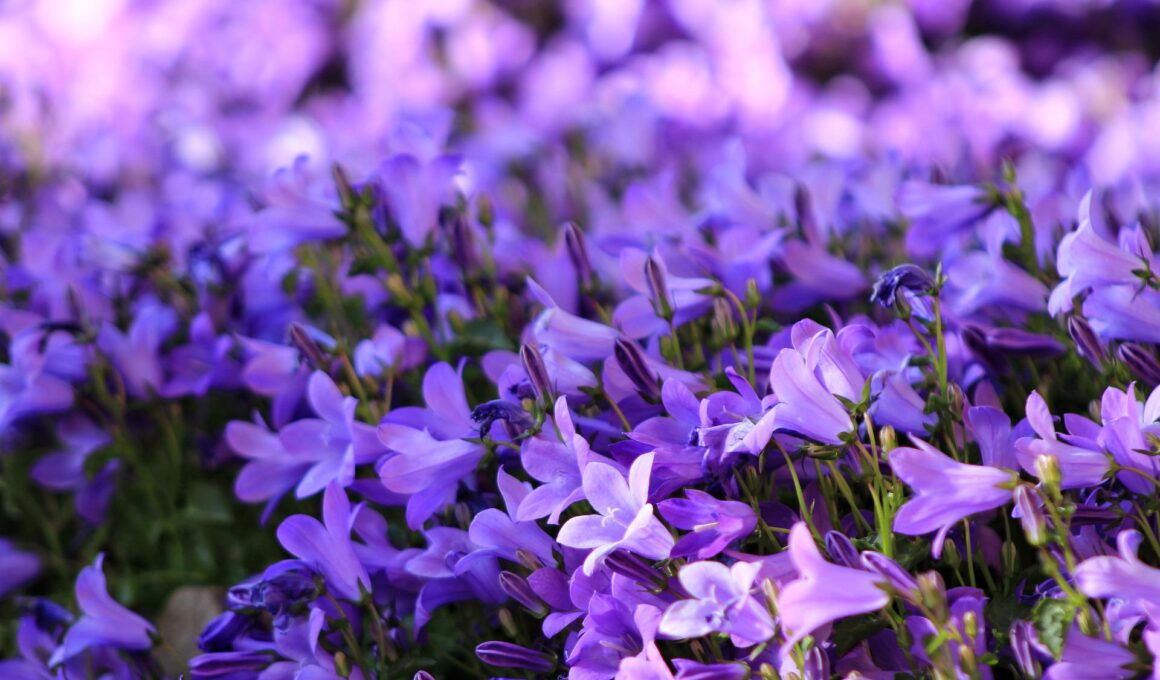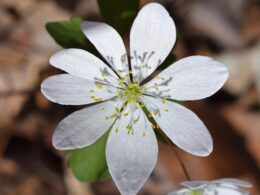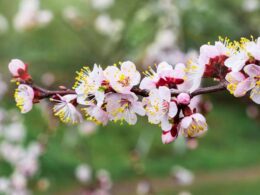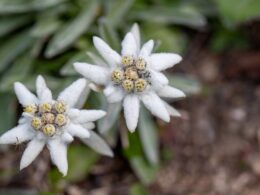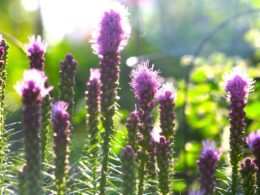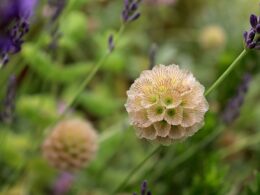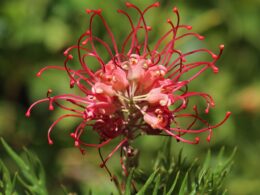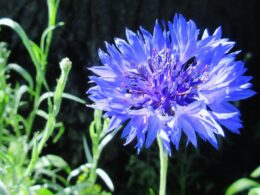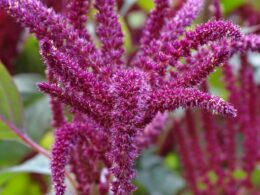From planting your seeds, to caring for your flowers, we’ll make sure that you have all the information you need in order to grow a Campanula flower successfully. So read on and get started today!
Campanula Flower. Basic Information
A Campanula flower is a beautiful bell-shaped plant that comes in many different colors. They are native to Europe, Asia, and North America, and have been cultivated for centuries. Campanulas are relatively easy to grow, and make an excellent addition to any garden.
There are many species in Campanula genus, both perennial and biennial, with a wide range of colors and sizes. These bell-shaped flowers can also be found in pink, purple, and even red! They bloom from late spring to fall, and are a favorite among gardeners.
Campanulas are deer resistant and attract bees, making them a good choice for eco-friendly gardens.
Campanulas are typically quite hardy plants, and can even tolerate some cold weather. If you are looking for a beautiful and easy-to-care-for plant, the Campanula flower is a great choice!
Campanula Flower. Soil and Sunlight Needs
The Campanula flower is a beautiful and popular choice for rock gardens. They are relatively easy to grow and maintain, but there are a few things to keep in mind when it comes to their care. Here is what you need to know about Campanula soil and sunlight needs.
Campanulas prefer well-drained soils that are rich in organic matter. They need full sun or partial shade, and they will tolerate a wide range of soil types as long as the drainage is good. If you are planting Campanulas in containers, make sure that the pots have drainage holes to prevent the roots from sitting in water.
When it comes to sunlight, Campanulas need at least six hours of sun each day. If they are not getting enough sun, they will not bloom as well.
Campanula Flower. Watering and Fertilizing
When it comes to watering, Campanulas need to be kept moist but not soggy. Water them regularly, especially in blooming season, and be sure to keep an eye on the soil to make sure it is not drying out. If the plants are wilting, that is a sign that they need more water.
Fertilize Campanulas monthly with a balanced fertilizer to help them grow and bloom.
Campanula Flower. Planting and Propagation
The Campanula flower is easy to cultivate and propagate. It can be grown from seed or cuttings. For best results, sow the seeds in spring or early summer. The plant prefers full sun or partial shade and well-drained soil. Water regularly during the growing season.
To propagate from cuttings, take stem cuttings from a healthy plant in late summer or early fall. Root the cuttings in potting mix and keep them moist. The rooted cuttings can be transplanted to the garden in spring.
Types of Campanula Flowers
There are many different types of Campanula flowers, but some of the most popular include:
- Carpathian bellflower (Campanula carpatica) – it has large, blue flowers that bloom in the summer.
- Dalmatian bellflower – it has white or blue flowers with purple spots. It is a native of Croatia.
- Alpine bellflower – it has small, blue flowers that bloom in the spring.
- Campanula rotundifolia – it has blue or white flowers that bloom in the summer. It is also known as harebell or bluebell.
- Campanula glomerata – it has blue or purple flowers that bloom in the summer. It is also known as the clustered bellflower.
Bellflower – Common Diseases
Common diseases of Campanula include powdery mildew, rust, and leaf spot. Powdery mildew is a fungal disease that appears as a white powdery growth on the foliage. Rust is a fungal disease that causes red or orange pustules on the leaves. Leaf spot is a fungal disease that causes small brown or black spots on the leaves.
Preventing and treating these diseases starts with proper cultural care. Water bellflowers early in the day so the foliage has time to dry before nightfall. This helps prevent powdery mildew and leaf spot. Avoid getting water on the flowers to prevent rust. Fertilize Campanula with a balanced fertilizer monthly during the growing season.
Prune Campanula after flowering to remove any diseased or damaged foliage. Destroy any infected leaves or stems to prevent the spread of disease. Apply a fungicide labeled for powdery mildew, rust, and leaf spot according to the manufacturer’s instructions if these diseases are a problem in your area.
Do Campanula Flowers Spread?
Yes, Campanula flowers spread easily. Each plant produces many seeds that are dispersed by the wind. The seeds fall on bare ground and germinate readily. Campanula plants also produce offsets (side shoots), which can be used to propagate new plants.
It is important to note that the Campanula flower can spread rapidly if given the right conditions. Gardeners who wish to control the spread of this plant should take care to keep it trimmed and to remove any spent flowers promptly.
Bellflowers are a great addition to any garden. They are perfect for adding color and interest, and they are also very easy to care for. Thanks for reading!





